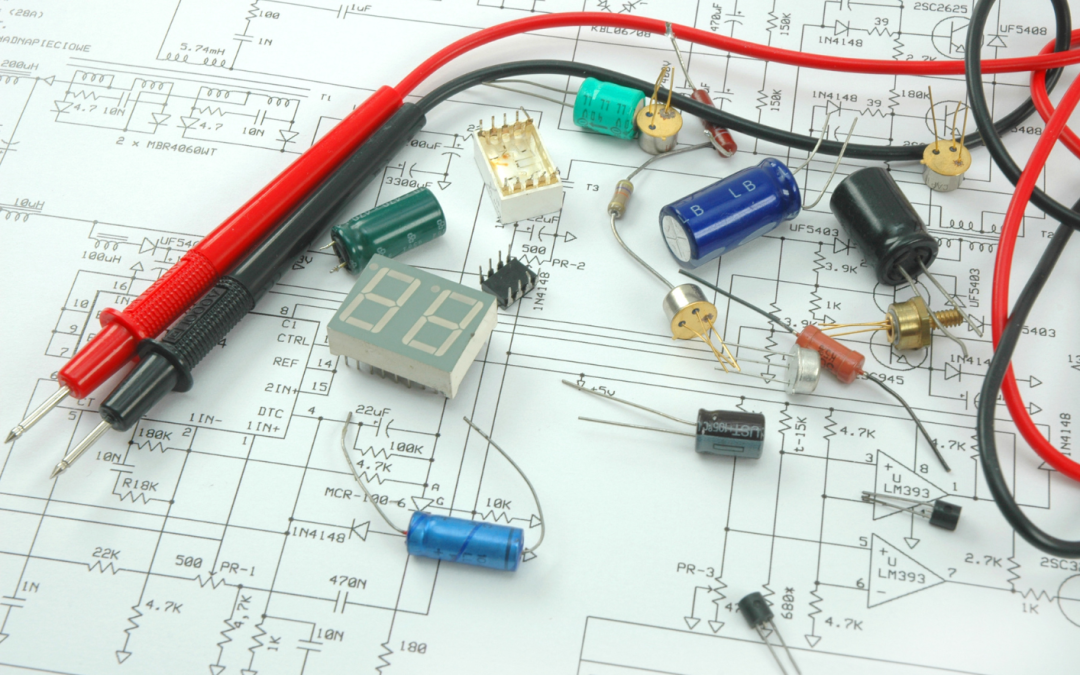How to Improve Your Electronics Knowledge
By STEM Kits by Post
So, you’ve dipped your toes into the world of electronics — maybe you’ve lit up an LED, wired a simple circuit, or built a buzzer that made your cat suspicious. Great start! But now you’re wondering, what’s next? How do you go from basic circuits to feeling confident (and a bit clever) around resistors, capacitors, and transistors?
Don’t worry, we’ve got you.
Level Up with Hands-On Learning
Let’s be honest: electronics is not something you master by just reading. You need to get your hands messy — not with solder (yet), but with real components, real circuits, and real experiments.
That’s where practical experience makes all the difference. The more you build, test, and tweak, the more things click into place. Trial and error? That’s half the fun.
Use the Right Tools (Hint: Start with a Kit)
If you’re serious about improving, you’ll want a solid foundation. And one of the best ways to build that is with the Introduction to Electronics kit from the Explore Electronics range by Stem Kits Limited.
Even if you’ve already used it, don’t box it up just yet — there’s a lot more you can do than what’s in the basic guide. The components inside are reusable, meaning you can go beyond the instructions and start experimenting creatively.
Here’s how to make the most of it:
1. Tweak the Circuits
Did the LED blink? Great. Now try changing the resistor values. Does it blink brighter or dimmer? Try swapping in a capacitor. What happens if you add a second LED? These small changes are how real understanding begins.
2. Build from Circuit Diagrams Online
There are loads of beginner-friendly circuit diagrams available on websites and forums. Use your kit to recreate them, then modify them. Add a switch. Change a component. Break it, fix it, and learn in the process.
3. Start a Project Notebook
Keep a log of what works, what doesn’t, and what you’ve learned. Sketch circuits. Write down new terms. Trust us — Future You will thank Past You when revising or tackling a trickier build.
4. Challenge Yourself
Try building a light-sensitive alarm, a reaction timer, or even a basic traffic light system. These kinds of mini-projects use the same components from the kit in more advanced ways — reinforcing what you’ve learned and introducing new ideas naturally.
5. Mix in Some Theory
Once you’re hands-on, the theory makes way more sense. You’ll want to know Ohm’s Law after you’ve blown a few LEDs (don’t worry — it happens). Google the why behind what you’re seeing. There are great UK-based YouTube channels and resources that explain things in plain English, perfect for teens and hobbyists.
Why It’s Worth the Effort
Electronics is a skill you build layer by layer. As your confidence grows, you’ll start thinking like a maker, not just a follower of instructions. You’ll spot patterns, solve problems, and maybe even invent your own circuits.
Whether you’re aiming for a career in engineering, planning to build your own gadgets, or just love learning how stuff works — improving your electronics knowledge is a brilliant way to expand your brain and your skills.
Final Word
The Introduction to Electronics kit isn’t just a beginner’s toy — it’s a launchpad. With some curiosity and a bit of persistence, you can keep building, keep learning, and keep levelling up your knowledge without needing a whole lab setup.
So dig out that kit, clear a bit of space on your desk (or the dining table — we won’t tell), and get experimenting. The more you do, the more you know.
STEM Kits by Post: Bringing brilliant brains to life, one circuit at a time.

